If you want to bring some color to a woodland garden, one great way to do it is to plant some perennial bluebells.
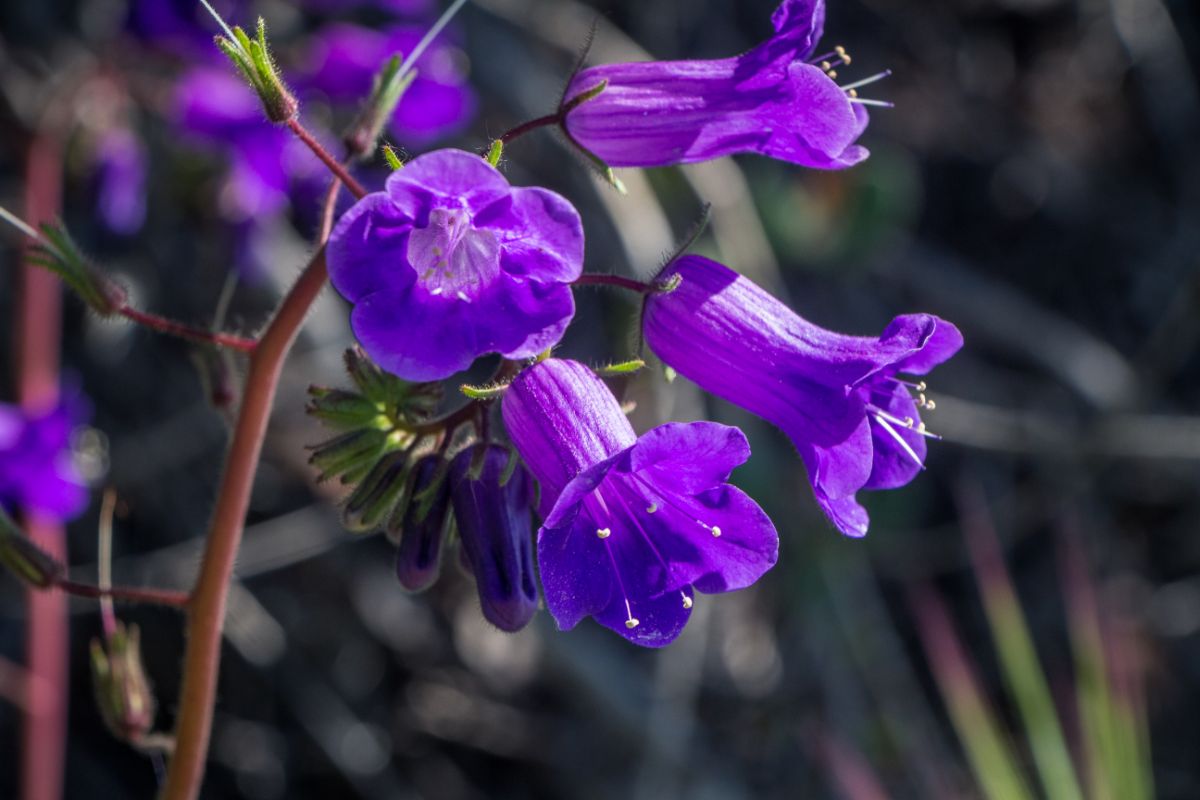
The word “bluebell” does not refer to just one plant. This guide will introduce you to the different types of bluebells.
We will then explain how you can plant, grow and maintain these bluebells so that they will add their beauty to your landscape year after year.
Need to jump to a specific section? Use the advanced jump below. Otherwise, read on for our full bluebells grow guide.
Jump to:
- What Are Bluebells?
- Types of Bluebells
- Bluebell Basics
- Where Do Bluebells Grow?
- Why Grow Bluebells?
- When Do Bluebells Bloom?
- How Long Do Bluebells Bloom?
- When to Plant Bluebells
- Ideal Growing Conditions for Bluebells
- How to Plant Bluebells
- How to Propagate Bluebells
- How to Care for Bluebells
- Recommended Planting Combinations for Bluebell
- Bluebell Landscaping Ideas
- Frequently Asked Questions About Growing Bluebells
- Where to Buy Bluebells
What Are Bluebells?
Let’s start with the basics. “Bluebells” is a common name that can be used to refer to a variety of different plants that belong to different genera.
What unites these plants is not their biological classifications, but rather their appearances. They tend to be small and feature bell-shaped blooms that are a bluish-purplish color.
Types of Bluebells
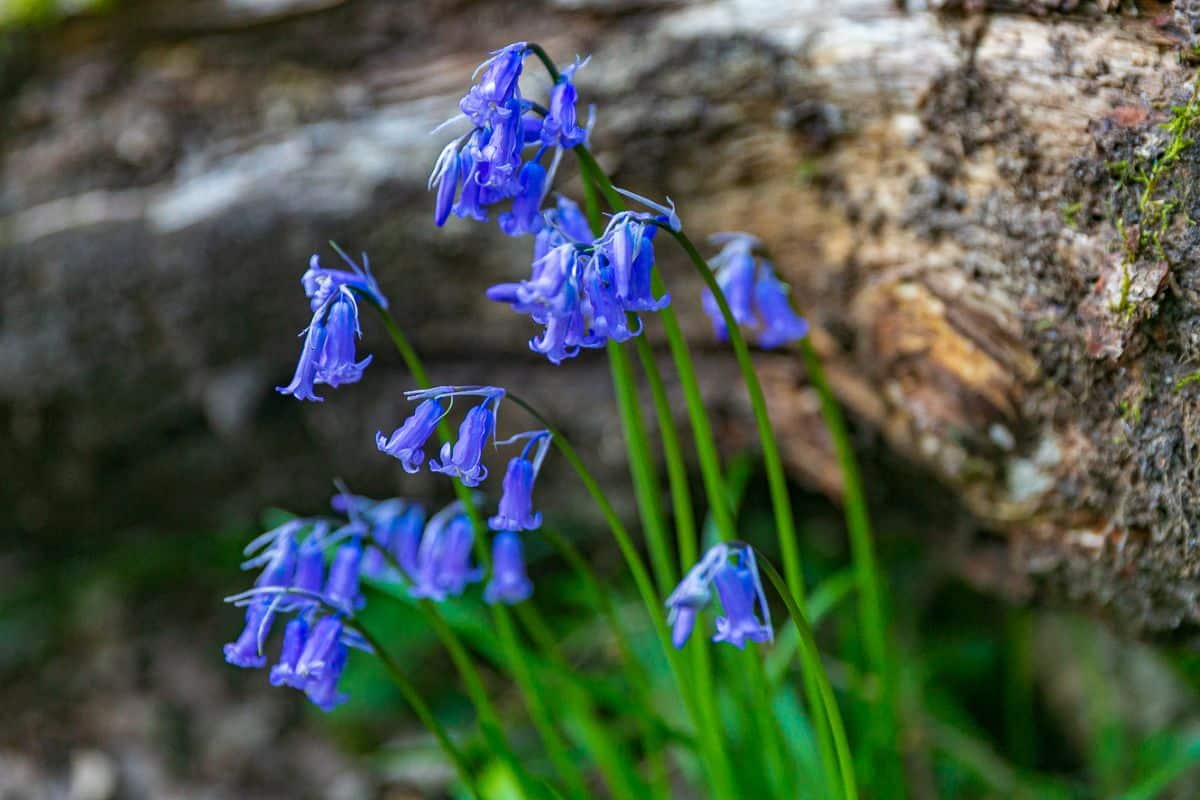
Let’s go over a breakdown of some of the most popular types of bluebells.
• Virginia bluebells: In the United States, the type of bluebell that you are most likely to be familiar with is the Virginia bluebell, Mertensia virginica. Other names for this plant include Virginia cowslips, Roanoke bells, and lungwort oysterleaf plants. Growing from bulbs (rhizomes, technically), they produce slender, attractive bell-shaped flowers with an almost sky-blue hue. They are perennials.
• English bluebells: English bluebells are the species Hyacinthoides non-scripta. Other members of the same genus are also referred to as “bluebells.” English bluebells have a number of other common names as well. Some of these include: common bluebells, British bluebells, wood bells, wild hyacinth, bell bottles, and fairy flowers. Keep in mind that true hyacinths belong to Hyacinthus, an entirely different genus (albeit with a confusingly similar name). As their common names suggest, they grow in woodland settings. Their stems have an arcing shape, and the bells point downward. They are perennials and grow from bulbs.
• Spanish bluebells: This is another species that is part of the same genus as English bluebells, Hyacinthoides hispanica. They likewise are perennials, and you can grow them from bulbs. Like English and Virginia bluebells, they are named for their native region. The flowers have a lighter hue than those of English bluebells, and they are a bit larger as well. The way they form on the stems also differs; whereas the English bluebells all droop in a neat line on an arching stem, Spanish bluebells are not as droopy and form on different sides of the stems.
• Scottish bluebells: Like Virginia bluebells, the plants called Scottish bluebells are not part of the same genus as English and Spanish bluebells. They are the species Campanula rotundifolia. Indeed, they are actually a kind of bellflower. Another name for it is the small bluebell. It is also sometimes called the harebell. The blooms are widely distributed on the stems and have a delicate appearance.
• Hybrid bluebells: Because English and Spanish bluebells are part of the same genus, they have been crossed in order to create hybrid bluebells. As you would guess, these hybrids meld traits from both English and Spanish bluebells.
You are probably wondering whether there are different cultivars of bluebells that you can plant.
The answer to that question is “yes,” but in general, you are not going to run into a huge number of individual cultivars.
With Spanish bluebells, you can find some surprising diversity in cultivars, however.
Most bluebells of any type have a blue or purple hue, but Spanish bluebells are also available in pink and white. Consider these cultivars:
• Excelsior: The blooms on this type of Spanish bluebell are lavender.
• White City: Just as the name suggests, these Spanish bluebells have white flowers.
• Rosabella: If you desire pink flowers, then pick this exquisite cultivar.
Many people purchase mixes of bluebells. So, for instance, you can get a Spanish bluebell mix that contains more than one cultivar of Spanish bluebell. Or you can grab a mix that contains multiple species of bluebells, like Spanish and English, together.
Bluebell Basics
| Zones: | 3-9 (depending on the type of bluebell) |
| Blooming season: | Spring |
| Expected height: | Up to 2 feet |
| Soil: | Moist, well-draining |
| Sun: | Full sun to full shade |
Where Do Bluebells Grow?
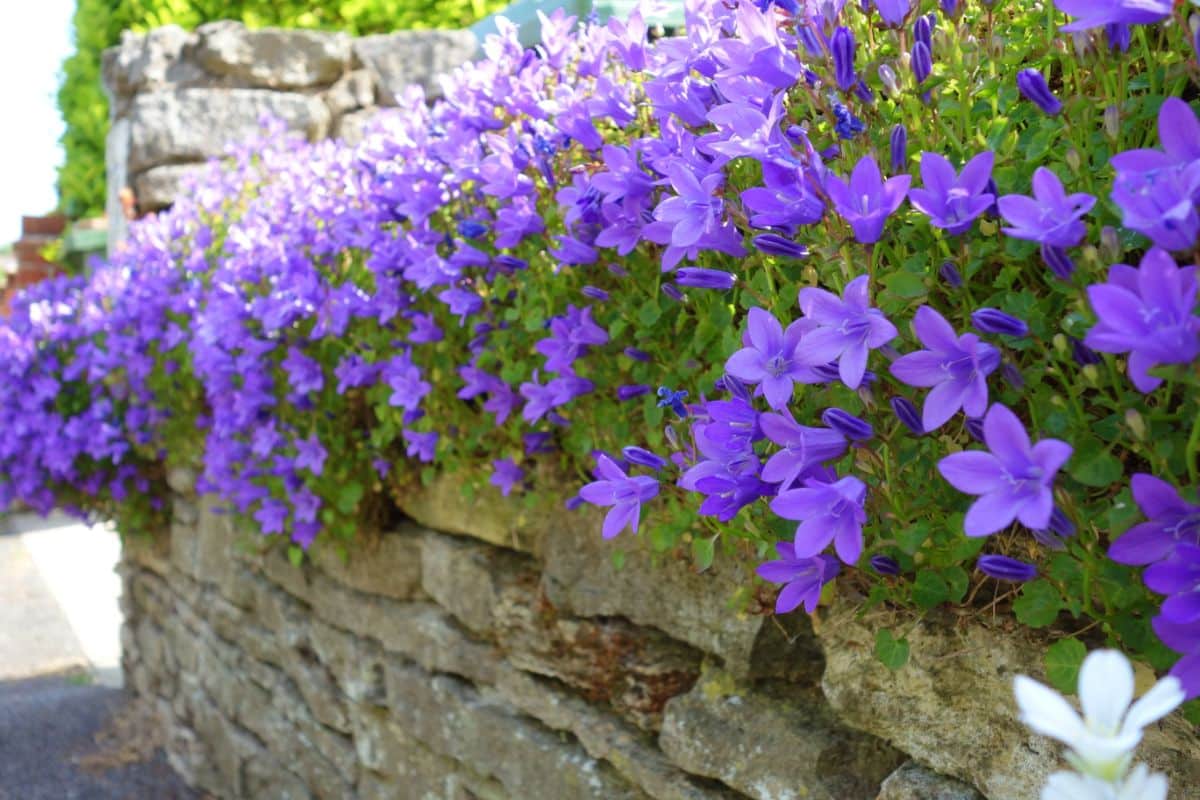
While the different types of bluebells have different native regions, most of them have now been cultivated throughout Europe, North America, Australia, and New Zealand.
Not surprisingly, some types of bluebells are more prominent in some regions than others. For example, you are more likely to encounter Virginia bluebells in the US and Canada, and English bluebells or Spanish bluebells in Europe.
Why Grow Bluebells?
Bluebells are fabulous easy perennials that will bring you a lot of delight without a ton of hard work. Here are a few reasons to grow them in your perennial garden:
• Bluebells are quite flexible when it comes to sunlight. As they can grow in full shade, partial shade, or full sun, you can place them just about anywhere in your garden where the soil is suitable.
• Bluebells are bulbous perennials, but they are less fussy about climate zones than many other plants that fit that description. Since they are hardy all the way down to zones 3-4, you do not have to worry about digging them up and bringing them indoors to overwinter them. That is not the case with quite a few other bulb plants. So, they are low-maintenance by comparison.
• These flowers are a favorite among pollinators, including butterflies, bees, and hummingbirds. While they are not the bright red color that commonly attracts hummingbirds, the shapes of the blooms are ideal for their long beaks.
• You will be pleased to learn that bluebells are deer-resistant. They also are pretty resistant to the majority of other pests.
• Diseases are relatively rare for bluebells, so long as you are taking proper care of them (i.e. not letting the soil form standing water).
• Gardeners will discover that bluebells are surprisingly versatile. While the bluebell is a woodland flower, these plants can tolerate a wide range of soil conditions, and can even grow in rock gardens.
• Bluebells in bloom create a dramatic display, ideal for mats of color in your shade garden.
• Creating a carpet of flowers with bluebells is quite easy, given how readily they self-seed and spread.
• On the whole, bluebells are low-maintenance plants that anyone can grow regardless of experience. So, even if you are just getting started with gardening, you can use them to beautify your outdoor spaces.
When Do Bluebells Bloom?
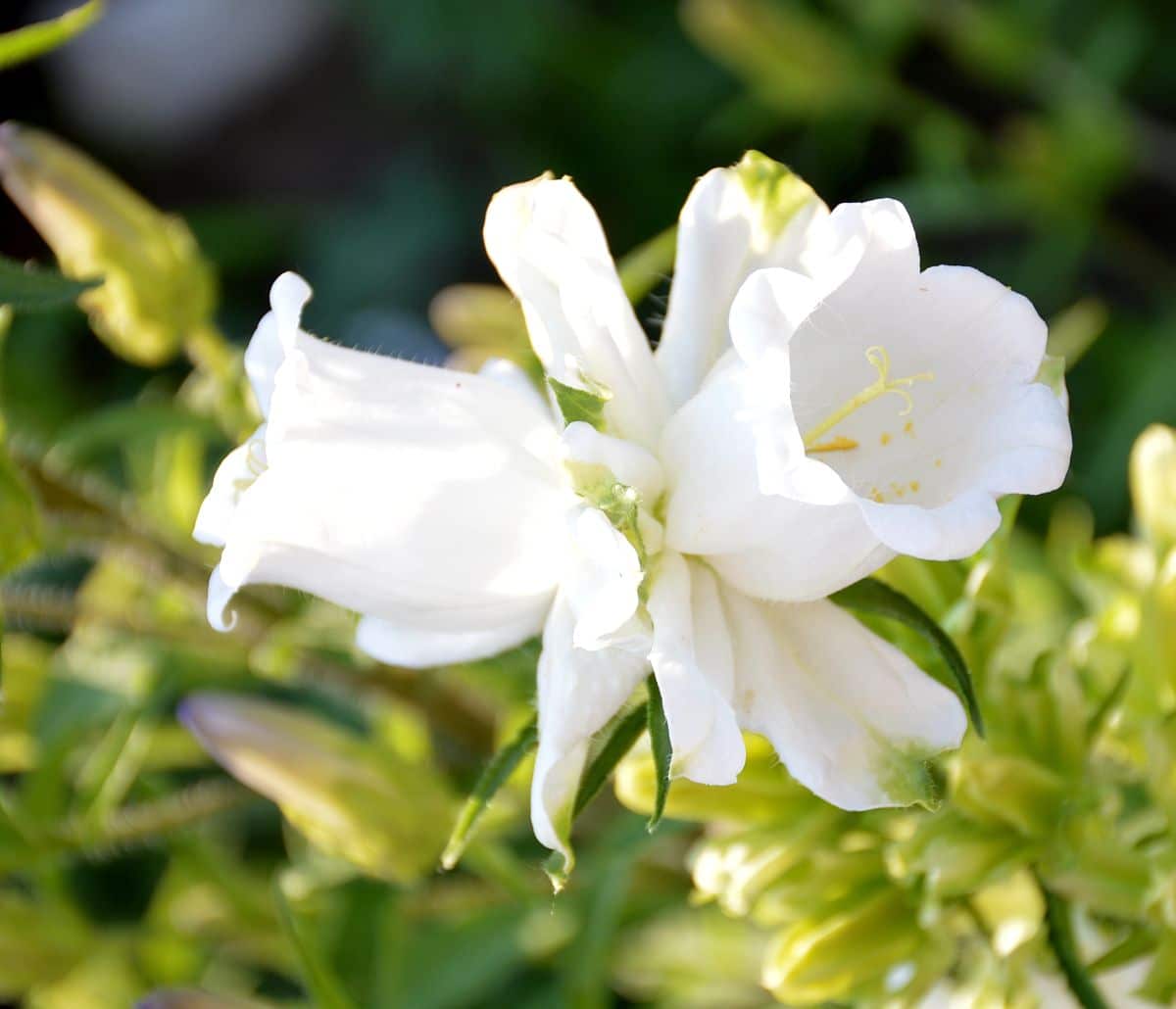
Most bluebells bloom in early to mid-spring, typically in April and May. But English bluebells may bloom in mid to late spring.
If you plant a variety of different types of bluebells in your garden, you can extend their bloom season and enjoy them throughout the spring months.
How Long Do Bluebells Bloom?
Individual bluebells bloom for several weeks.
When to Plant Bluebells
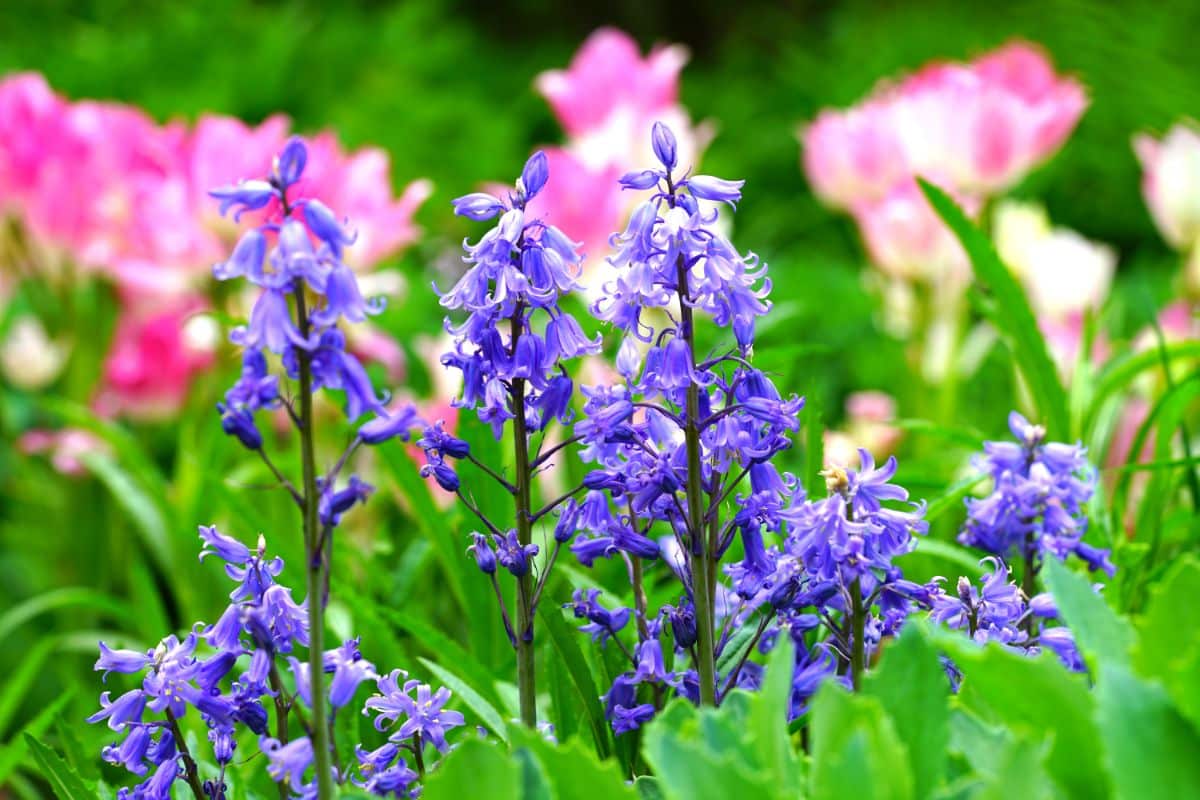
The right time to plant your bluebells is in the fall. This is consistent with other spring bulbs.
Ideal Growing Conditions for Bluebells
Bluebells are pretty flexible when it comes to their growing conditions. Let’s go over what they need from you in terms of sun, soil, and water.
How Much Sun Do Bluebells Need?
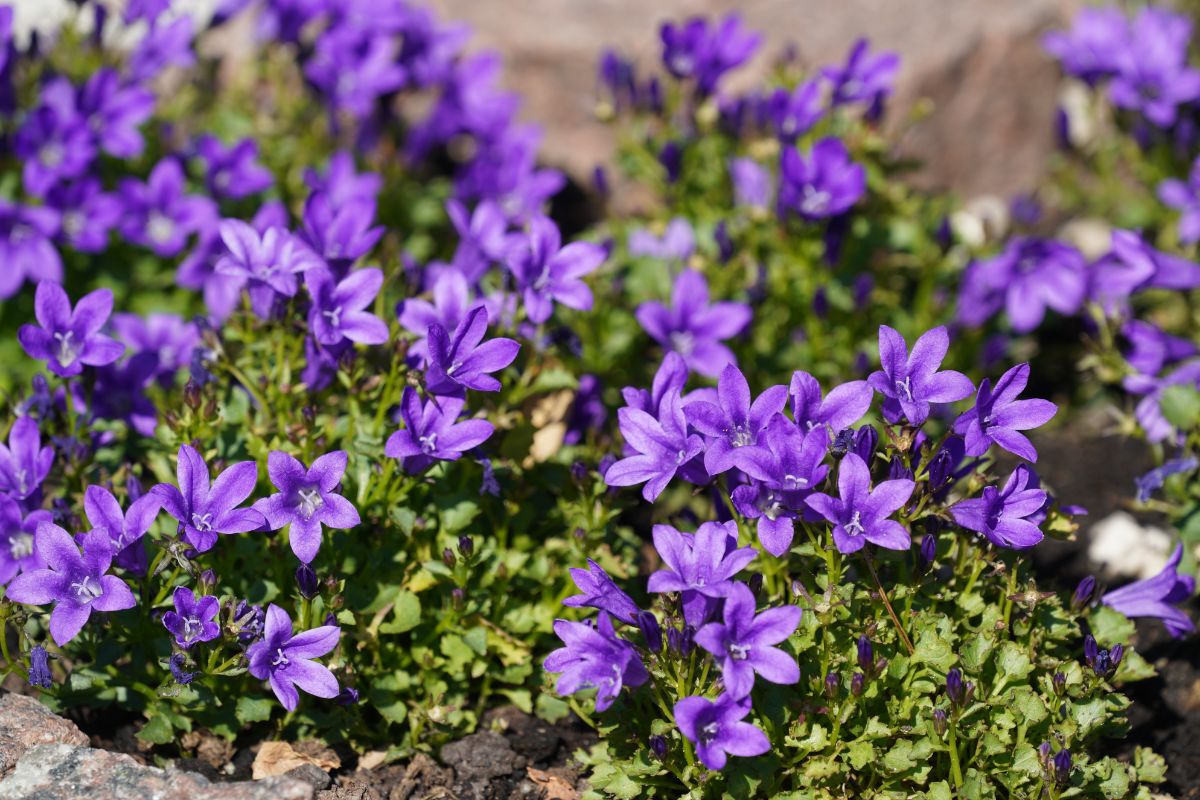
Here are the ideal sun conditions for each of the different types of bluebells:
• Virginia bluebells: Plant these in full to partial shade.
• English bluebells: Partial shade to full sun is suitable for English bluebells.
• Spanish bluebells: While you should usually plant these in partial shade, if you are in a cool climate zone, they may be happier with full sun.
• Scottish bluebells: Full sun to partial shade is ideal for Scottish bluebells.
What about hybrid bluebells? Given the fact that both English and Spanish bluebells do well in partial shade to full sun, those conditions will also suit hybrids.
What Type of Soil is Right for Bluebells?
Bluebells can put up with a number of different soil types, so long as you provide moist but well-drained soil.
Average richness is ideal for English bluebells, while Spanish and Virginia bluebells prefer rich soil.
For that reason, you may wish to amend the soil with compost to improve richness for those cultivars, and/or to improve drainage.
What should the pH be for your well-draining soil? Bluebells are pretty versatile, generally flourishing in mildly acidic, mildly alkaline, or neutral conditions. But Virginia bluebells, in particular, prefer the soil on the mildly acidic side.
How Much Water Do Bluebells Need?
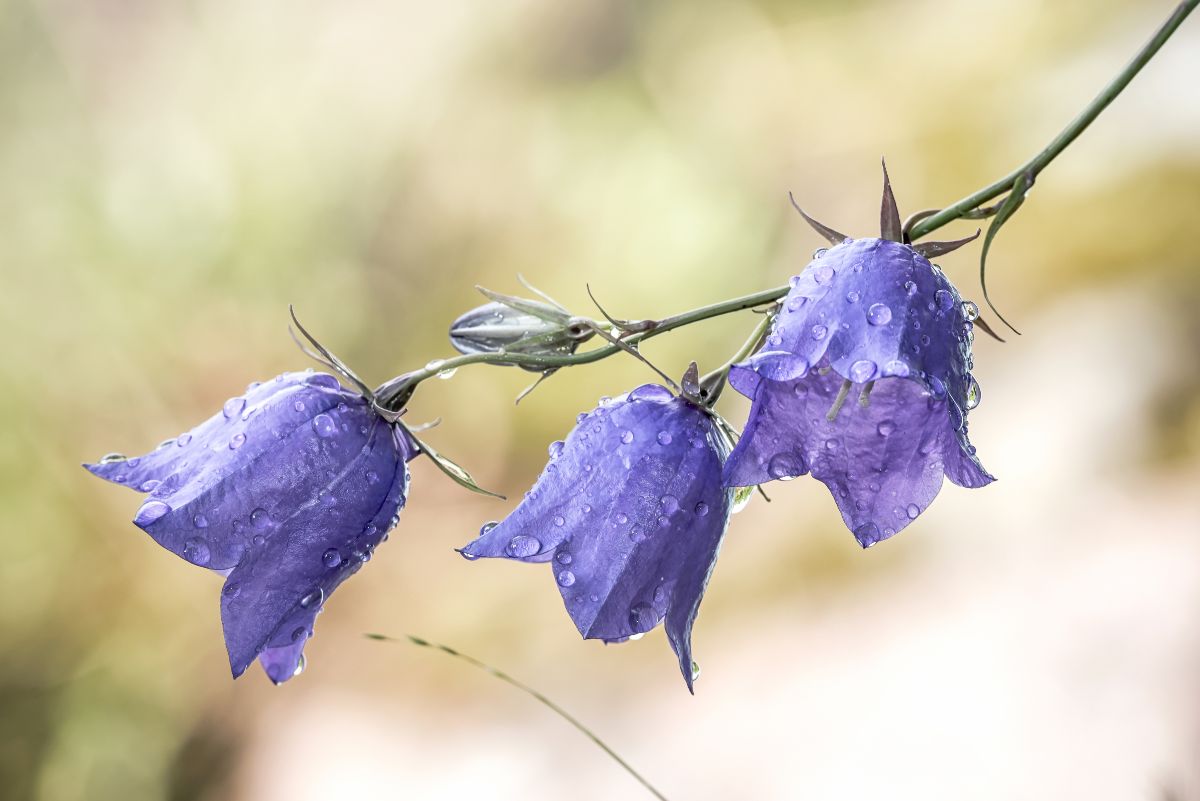
When you notice that the top two inches of soil are dry, it means that your bluebells need water. Sometimes, precipitation may take care of your bluebells’ watering needs. Other times, you might need to do it.
Take note that bluebells continue to require watering over the winter months.
Be sure you do not overwater your bluebells or let the soil become soggy. If they get wet feet, they will generally perish since the bulb will rot.
How to Plant Bluebells
Below, we discuss how you can plant bluebells in pots or in your flower beds. For both, we will assume that you are starting with bulbs, not seeds. It is much faster to get flowers from the bulbs, since you can expect them the next spring. With seeds, on the other hand, it takes several years before the bluebells start producing blooms.
For instructions on growing bluebells from seeds, see the propagation sections that follow these planting instructions.
Ground Planting
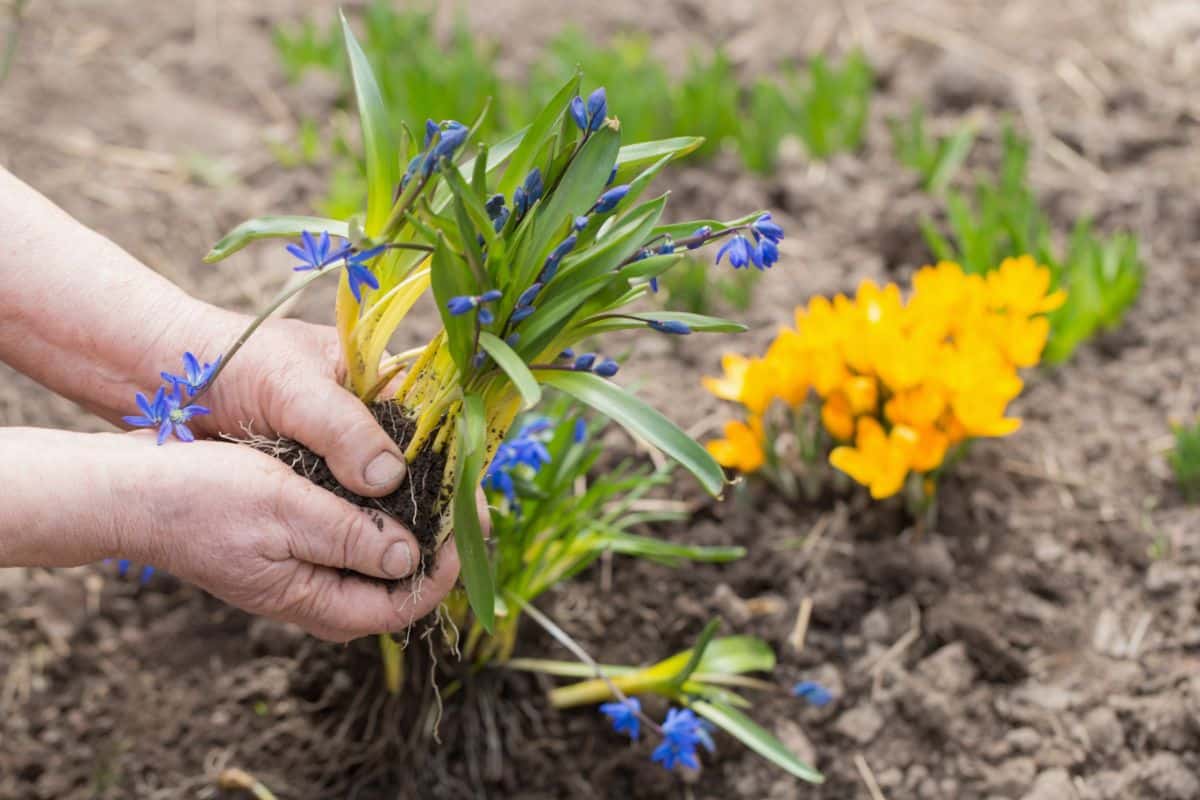
These steps will help you successfully plant bluebell bulbs in your flower beds:
1. Choose a suitable spot for your bluebells, and prepare the soil as needed (i.e. by adding compost if you have poor soil or need to improve drainage).
2. Dig holes for the bluebells, spacing them 12-18 inches apart.
3. Plant the bulbs in the holes. Backfill the soil.
4. Water well.
Container Planting
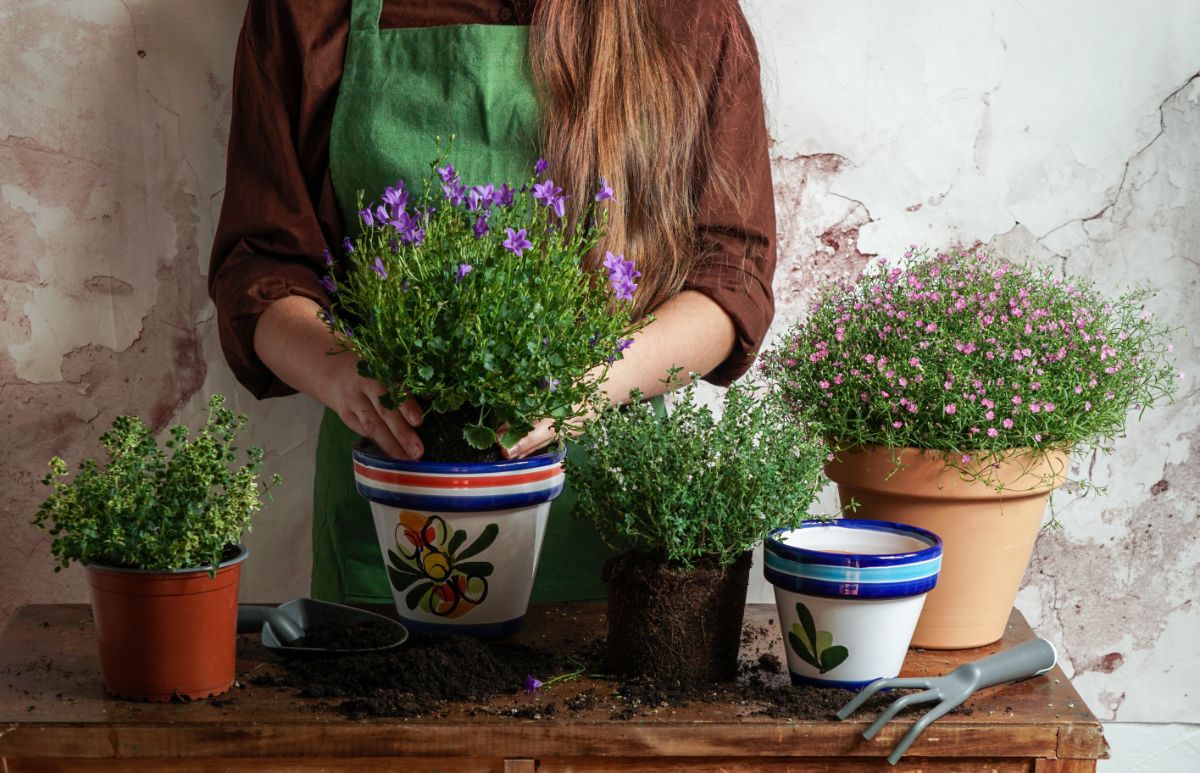
Here is how to grow bluebell plants in containers:
1. Choose a container for your bluebells. It will need holes for drainage, since it is very important not to let the bulbs stand in soggy soil.
2. Fill the pot with a well-draining potting mix.
3. Plant the bluebells 1” apart.
4. Finish filling in the soil and water well.
6. Continue to water as needed for the soil to remain moist while you wait for the bulbs to sprout. You can then switch to a less frequent watering schedule.
Because bluebell rhizomes multiply and spread; eventually, your bluebell flowers will outgrow their container.
When that happens, you have two options. Either you can transplant them into a larger container, or divide them and transplant them into multiple smaller containers.
How to Propagate Bluebells
If you want to propagate your bluebells, there are two easy methods you can use: grow them from seeds, or divide them. Below, we teach you how to do each.
Starting Bluebells from Seed
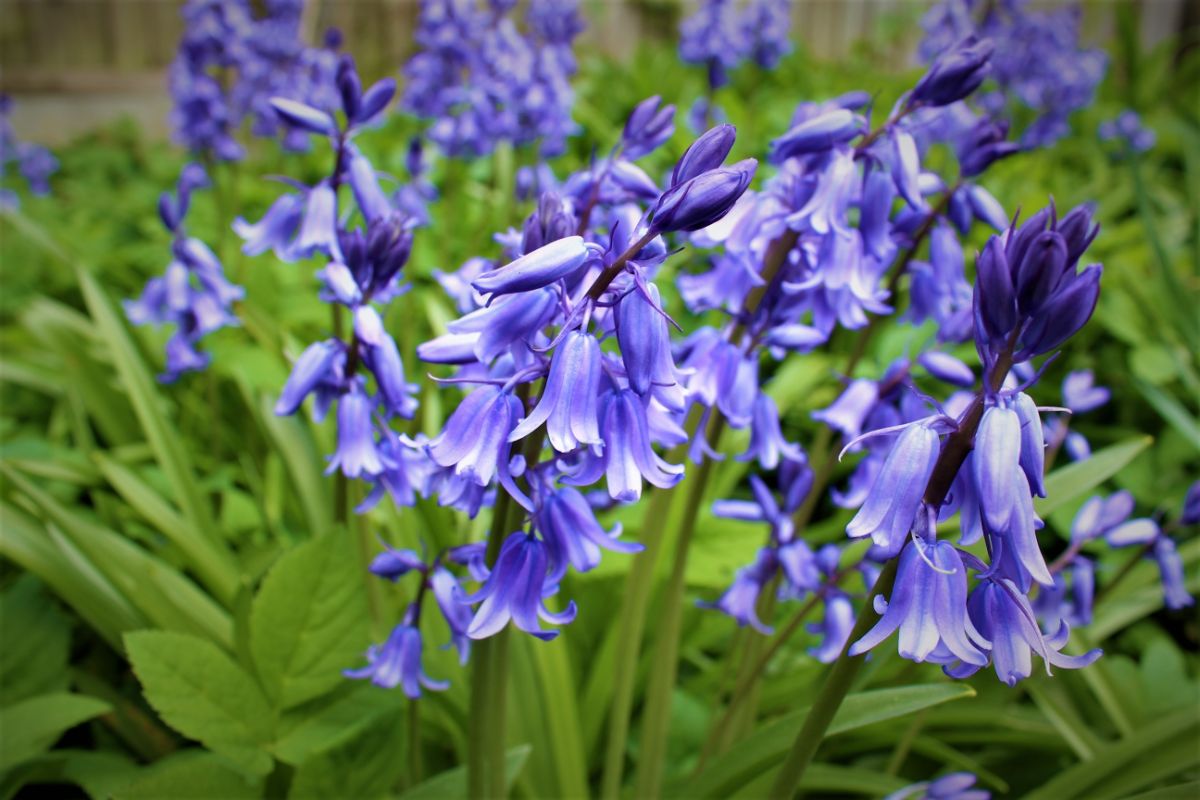
The exact instructions for propagating bluebells from seed depend on the type of bluebells you are growing. As an example, here is how to grow English bluebells starting from seeds.
1. Collect seeds from the dying flower heads of your bluebells.
2. Set the seeds where they can dry out for several days. Keep them in a warm location.
3. Once the seeds are thoroughly dry, you can seal them in a plastic bin and place them in your fridge. This will simulate winter weather and give the seeds a chance to go dormant. They will need to remain in the fridge for several weeks.
4. Now scatter the seeds outdoors where you want to plant them. Make sure there is soil on top of them.
5. Once spring comes around, leaves will appear. Usually, they receive adequate water from precipitation.
6. Do not expect the seedlings to flower during their first year. Eventually, the foliage will die back for winter, just as it does for your mature bluebells. But there will not be any blooms during the growing season. That is fine.
The seedlings will repeat this growth cycle for 4-5 years, producing leaves each year which then die back, but no flowers.
Finally, the bluebells will come up and produce blooms, which they will then do every year in the future. So, your patience will be rewarded.
How to Divide Bluebells
Dividing bluebells is much like dividing other perennials. Here is how to do it:
1. Use a shovel to dig a circle around the bluebells you want to divide. You will need to dig far enough away to not damage the rhizomes.
2. Push the shovel down underneath the rhizomes and pry the bluebells up out of the ground.
3. Use a sanitized knife to cut apart the clump to form your divisions. Be sure that each one has at least one node.
4. Dig holes and transplant the divisions, filling in the soil.
How to Care for Bluebells
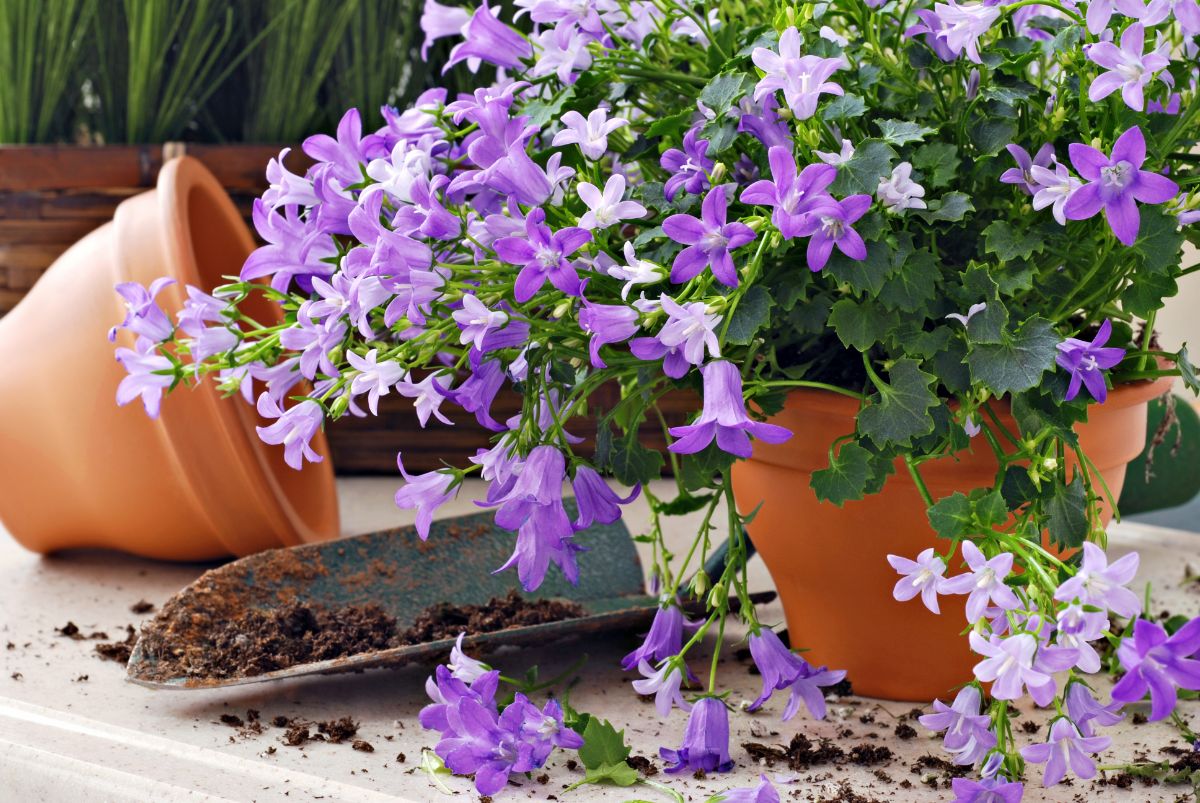
Now that you know how to plant and propagate bluebells, let’s go over their care instructions. These woodland wildflowers tend to grow quite easily with minimal work from gardeners.
How to Fertilize Bluebells
Bluebells can benefit from some organic fertilizer, especially if you do not have rich soil. Consider fertilizing them when you plant them, and then doing it every year when you first start noticing fresh growth.
How to Mulch Bluebells
It can be worthwhile to mulch around bluebells. American Meadows says, “Mulch lightly around Virginia bluebells in the fall. As microbes break down the mulch, they’ll incorporate organic matter into the soil. Mulch will also help keep the soil evenly moist around the plants.”
Other sources suggest this is also an ideal course of action with other types of bluebells. What type of mulch should you use? Consider leaf mould. That way, you are creating conditions that are like those that you’d find in the woods. Of course, with a woodland garden, you might already have those conditions without needing to mulch at all.
How to Stake Bluebells
One of the nice things about bluebells is that you do not need to stake them. In fact, you actually want the English bluebell stems to bend with the weight of the flowers; that is part of what makes them so pretty.
How to Prune Bluebells
Bluebells should be pruned, both by deadheading them and cutting them back. Thankfully, these are both pretty fast and easy (although if you have a large amount of bluebells covering a wide area, you might disagree).
How to Deadhead Bluebells
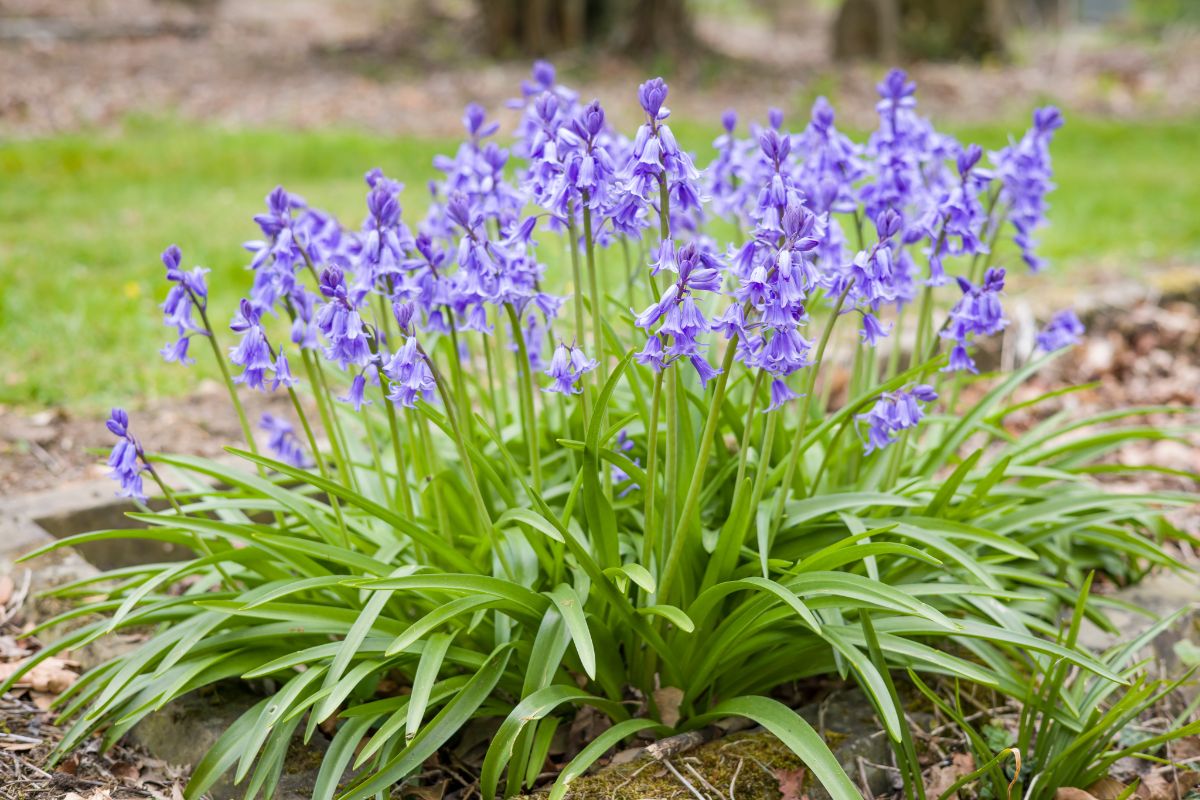
You probably are going to want to deadhead your bluebells. Doing so can help keep them from self-seeding and spreading like crazy all over your garden.
But you might want to allow them go to seed if you are trying to get them to spread. Just make sure you do not let them get completely out of control.
When to Cut Back Bluebells
Along with deadheading, bluebells need to be cut back to the ground when they are ready to go dormant. But you cannot do this until the foliage is dead.
Are Bluebells Vulnerable to Diseases or Pests?
One nice thing about these spring ephemerals is that they are not all that prone to problems. There is a disease called bluebell rust that can sometimes occur if a fungus called Uromyces muscari takes hold. Thankfully, it responds well in many cases to fungicide treatment.
Another thing you will love about bluebells is that the majority of garden pests leave them alone. It is rare for them to have problems with insects, plus deer, rabbits, rodents, and squirrels generally are not interested in them. The only critters that are likely to go after your bluebells are slugs and snails.
Recommended Planting Combinations for Bluebell
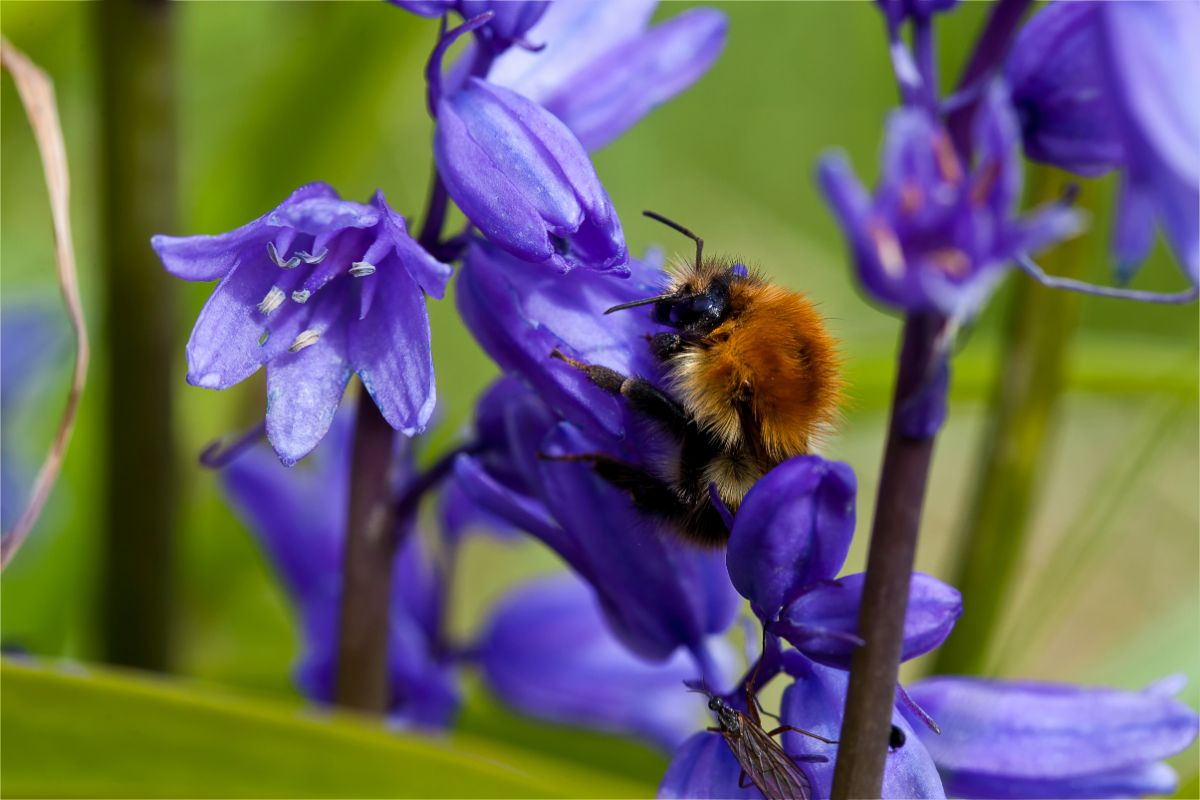
In general, you should choose companions for bluebells that appreciate shady conditions. Some good options include:
• Hostas: These plants are renowned for their bluish foliage. They produce beautiful but ephemeral flowers every year, and are happy in a woodland setting. Learn how to plant them from our Hostas Full Growing Guide.
• Ferns: While walking in the woods, you no doubt have noticed that ferns can often be found everywhere. They are an excellent choice to plant near your bluebells.
• Bleeding hearts: These shade-loving plants produce blooms with a distinctive heart shape. In fact, their stems arc gracefully from the weight of the blooms in a way that looks similar to English bluebells. For that reason, they offer the perfect visual accompaniment to your bluebells. See our Bleeding Hearts Full Growing Guide.
Offering some useful insights, the University of Wisconsin-Madison says, “Virginia bluebells can be used in borders or other beds, but the dying foliage and blank spaces when dormant need to be addressed. If interplanted with other shade-loving perennials, such as hosta, astilbe, bugbane (Cimicifuga racemosa), hosta, Solomon’s seal, twinleaf (Jeffersonia diphylla), or ferns, these other plants will fill in the gaps later in the season.”
Bluebell Landscaping Ideas
Since bluebells grow naturally in shady woodlands, the most popular way to use this plant in landscaping is in a woodland garden. If you spread it across a wide area underneath the trees, it will produce a stunning blue carpet every year for you to enjoy.
Although this is the most common use for these woodland plants, you can also grow them in your garden beds, incorporating them into borders, or simply planting little clumps of them here and there.
Remember, bluebells can spread underground. So, you might want to plant them in raised garden beds.
Interestingly, bluebells can also thrive in rocky soil. So, they can be a welcome addition to a rock garden, adding their vibrant color each spring.
Frequently Asked Questions About Growing Bluebells
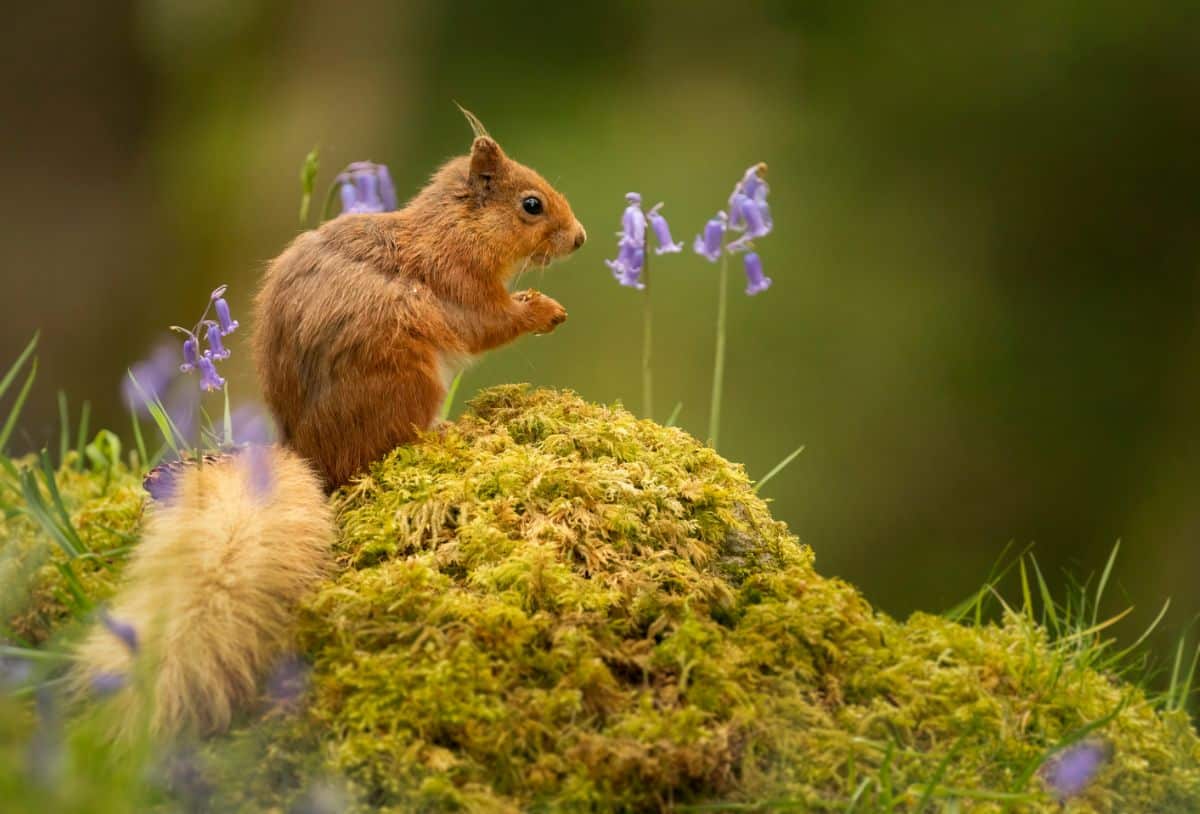
Let’s finish up by answering some common questions about bluebells.
Slugs and snails are probably the likeliest creatures to be eating your bluebells. Mammals and insects usually do not eat them.
Some bluebells are classified as bulb plants, like English bluebells. Others, like Virginia bluebells, are rhizome plants.
One gardener’s weed is another gardener’s treasure. So, we cannot categorically say that bluebells are or are not “weeds.” It really depends on your goals for your garden. If they are overwhelming your garden, you might consider them weeds. But if you are trying to cultivate them, you would just consider them flowers.
Yes, bluebells are poisonous to humans and animals. That includes cats, dogs, horses, and other animals. The compounds that they contain that are toxic are called glycosides.
Do not be fooled by how similar bluebell bulbs look to onion bulbs. You should never eat them.
In fact, consuming bluebells may be deadly. So, it is very important to make sure that your pets and children do not try to eat them. If you suspect bluebell poisoning, immediately contact a poison control center.
English bluebells’ habitats are disappearing, and for that reason, these plants are increasingly rare in the UK. For that reason, you should not pick them. In fact, they have legal protection, so if you pick them, you are committing a crime. That is the case even if they are growing on your own property (digging them up to divide them is fine, but you cannot dig them up to discard them or sell them).
Yes, bluebells love to spread. In fact, there is more than one way that this can happen. Sometimes they spread through seeding, and other times; they spread through their rhizomes under the soil.
In some regions, some types of bluebells may be considered to be invasive plants. So, check whether that is the case where you live before you plant them. If you are concerned about them spreading underground, keeping them in containers or raised garden beds is a smart move.
Yes, the scent of bluebells is sweet and pleasing.
Bluebells are perennial flowers. If you plant their bulbs and provide them with proper care, they will bloom year after year. And since they have a wide range of hardiness zones, you can leave them outdoors all year. They should survive the winter even in a cold climate.
Where to Buy Bluebells
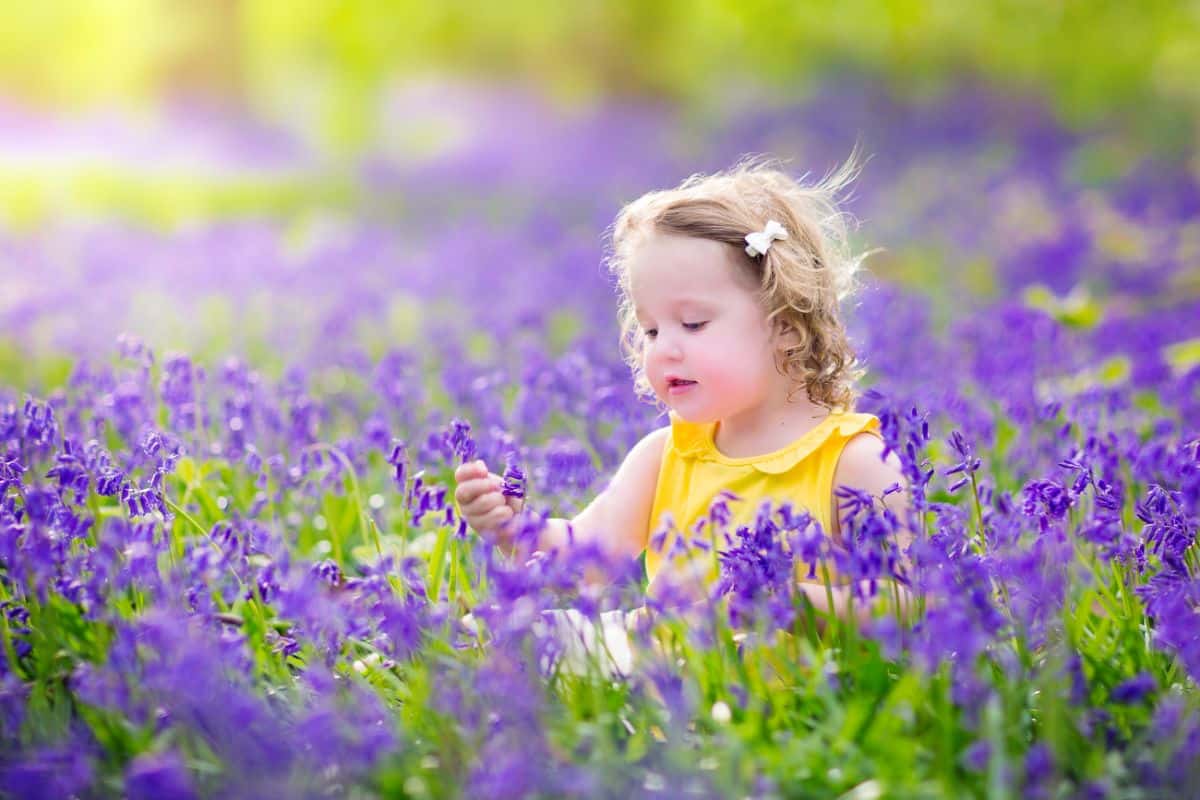
Are you ready to grow these hardy bulb flowers in your garden? To browse the largest selection of bluebells for sale, shop online.

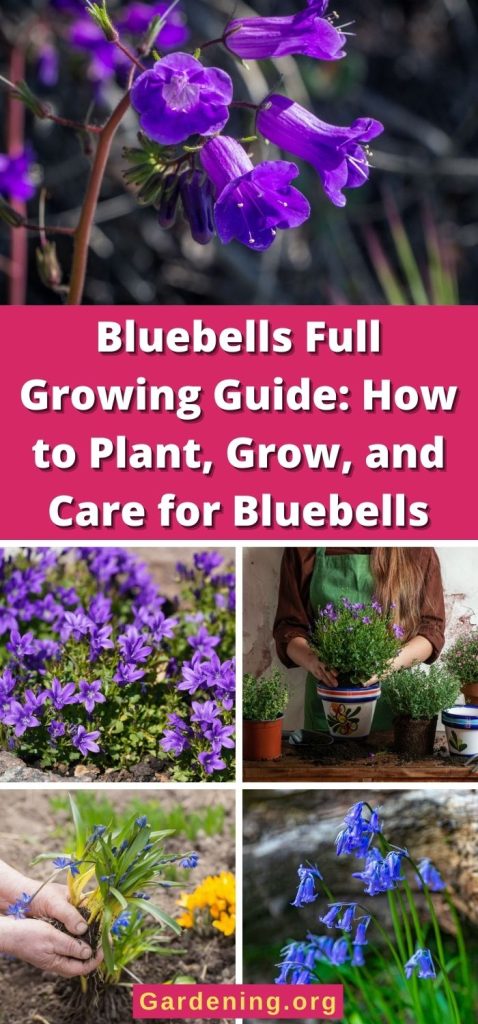
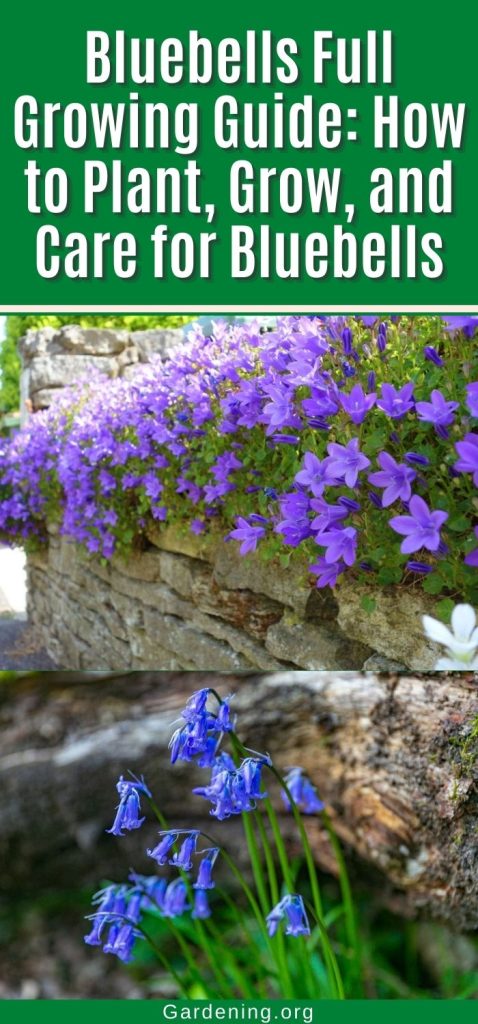
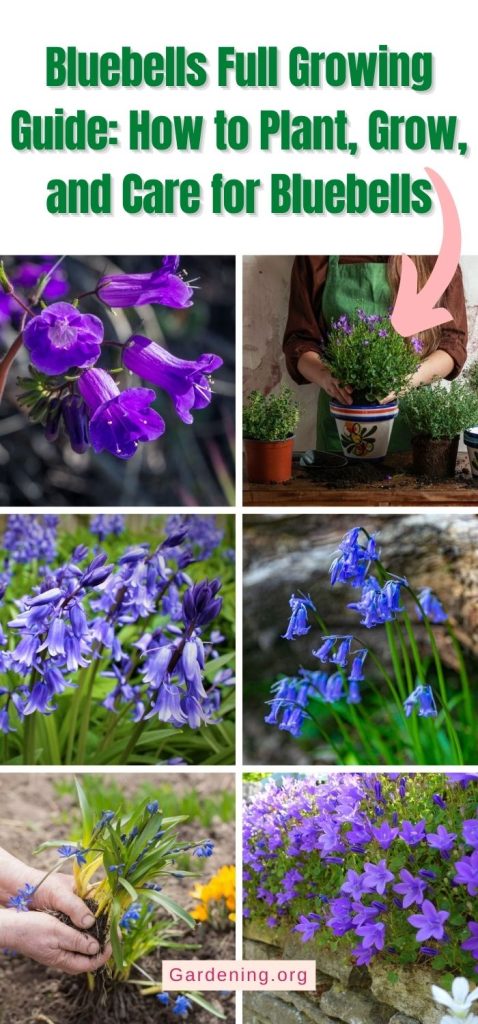
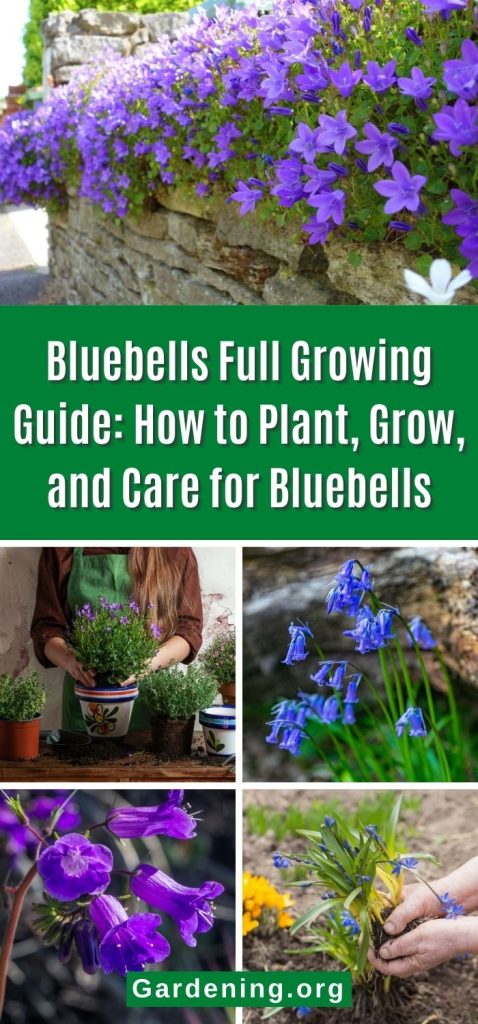
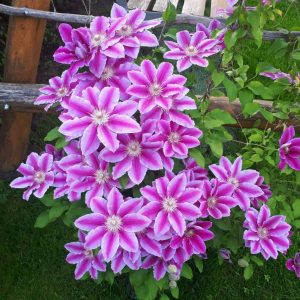
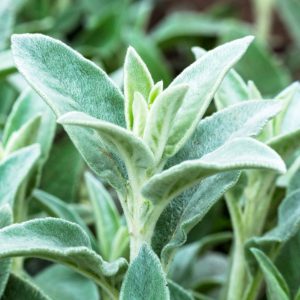

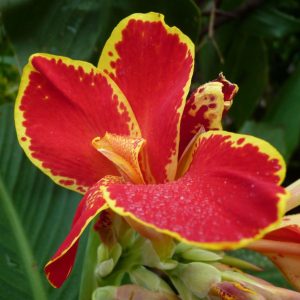
Leave a Reply